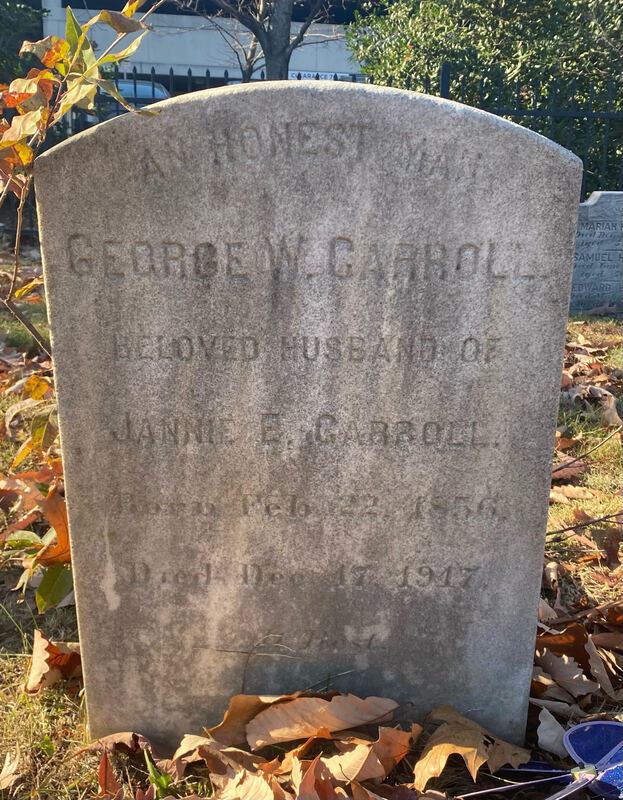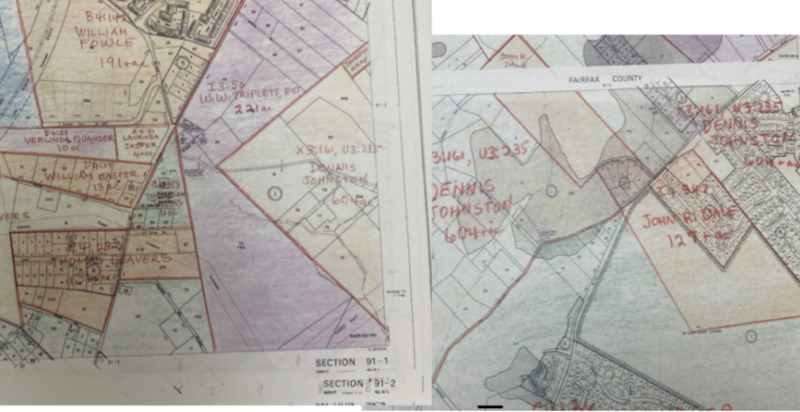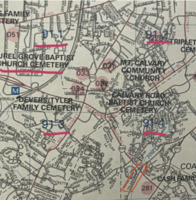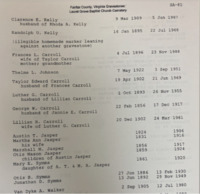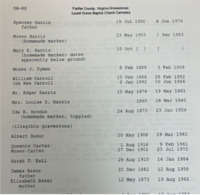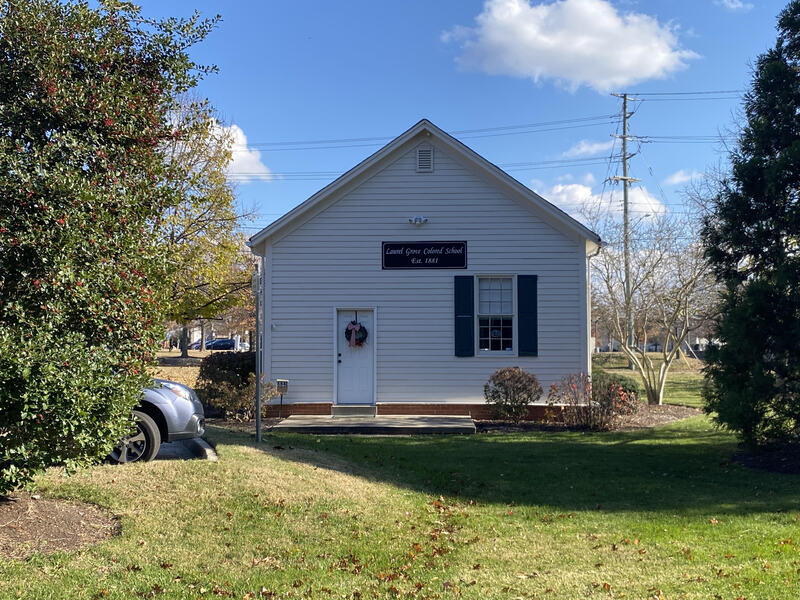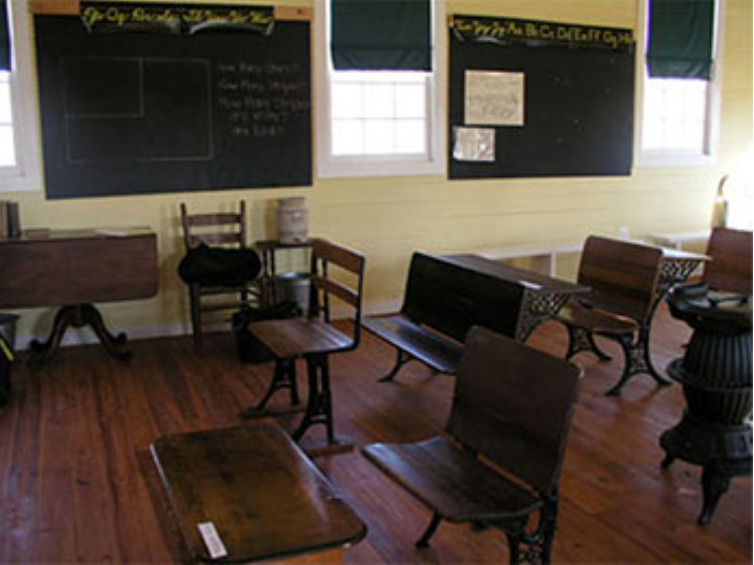Legacy of Carroll
Where does George's legacy leave for the future?
In the heart of Fairfax County, Virginia, where tobacco farms once stretched as far as the eye could see, George Carroll's legacy transformed the land that had witnessed generations of toil and struggle.
Inspired by the rich history of Truro Parish's glebe lands from Fairfax County, Virginia A History by Netherton, George Carroll's family embraced the fertile soil as a canvas for their dreams [7]. George revolutionized the enslaved land of his family and relative by Dennis Johnston into a commual area which fought for education and unity. They converted the farmlands into a vibrant community where the tales of empowerment and resilience pave the road. The lumber donated by George's family laid the foundation stones of the Laurel Grove School and Church, symbolizing enlightenment and unity [1].
In the pages of Sarah Johnson Mount Vernon, George Carroll's name was etched alongside stories of transformation becoming more common post-Civil war [2]. His journey from enslavement to empowerment mirrored the evolution of Mount Vernon, a site profoundly shaped by the hands of African Americans transitioning from slavery to entrepreneurship. Much like those who had contributed to Mount Vernon's legacy, George's spirit infused Carrolltown with a sense of pride and determination.
As Netherton stated, 'the newly granted political rights of the county's blacks’, George took full opportunities to develop change in Fairfax County, contributing his efforts to future generation in providing education and empowerment [7]. After George's death in 1917, his remaining land were given to his sons, Luther and William, to uphold the Carroll family's legacy in the Mount Vernon District. The Carroll family continued to offer support to the Laurel Grove Baptist school, which George had profound impact in the upstart, until 1932 where the building became a museum to commerate the fight for education.
As time marched forward, George Carroll's legacy continued to inspire. The fields that once bore tobacco now yielded knowledge and understanding. The community he had nurtured became a nurturing ground for leaders, thinkers, and visionaries, each one carrying forward the torch of equality and education [2]. The tale of George Carroll served as a reminder that from the soil of struggle, the seeds of empowerment could grow, shaping a future where every individual, regardless of their background, could thrive and flourish.
Section 91-1 through 91-4 of Fairfax is shown on the 1950 Mount Vernon district map. Laurel Grove Baptist Church Cemetery is highlighted in red to indicate the location of George Carroll's burial. Also, Telegraph road is boxed in red to confirm information regarding George's life. Records of George, Carroll family, and Edgar Harris death dates are listed in the Fairfax county gravestones Volume V.
In 1882, the visionary families behind the Laurel Grove Colored School came together, establishing a congregation that initially convened amidst the blossoming laurel bushes. By 1884, the Jasper family generously deeded half an acre to church trustees—George Carroll, Middleton Braxton, and Thornton Gray. As church membership grew, enhancements were made to the original structure over the decades.
Notably, George Carroll played a pivotal role, not only contributing lumber for the construction of the school and church but also making enduring contributions to the community. His philanthropic spirit and tangible support left an indelible mark on both the physical structures and the people they served, fostering a sense of unity and progress in the community.
George Carroll, a dedicated community leader, left an enduring legacy through his significant contributions to the Laurel Grove School and Baptist Church. His donation of lumber for the construction of these institutions, alongside other esteemed trustees like the Jasper family, Thornton Gray, and Middleton Braxton, played a pivotal role in shaping the community's educational and spiritual landscape. The Laurel Grove School, now a museum, stands as a testament to their collective efforts, honoring George Carroll's impact. Preserving this historical site is crucial for safeguarding not only the local heritage but also for understanding the broader history of land development in Fairfax County. Through meticulous research and preservation efforts, we unveil the past, cherishing George Carroll's contributions as an integral part of the community's rich history.
[1]“Carrolltown Historical Marker,” Fairfax County African American History Inventory, https://fairfaxaahi.centerformasonslegacies.com/items/show/124. Accessed 3 Nov. 2023.
[2]Casper, Scott E. Sarah Johnson’s Mount Vernon: The Forgotten History of an American Shrine. Hill & Wang, 2009.
[3]Fairfax County in 1860 a Collective Biography, Section 91-2 and 91-4, Fairfax County Historic Records Center, Fairfax, VA.
[4]Fairfax County, Virginia Gravestones, Volume 5 page SA-80, 1998, Fairfax County Historic Records Center, Fairfax, VA.
[5]Fairfax County, Virginia Gravestones, Volume 5 page SA-81, 1998, Fairfax County Historic Records Center, Fairfax, VA.
[6]“Laurel Grove School Museum.” Fairfax County African American History Inventory, fairfaaahi.centerformasonslegacies.com/items/show/13. Accessed 1 Dec. 2023.
[7] Netherton, Nan. “Page 50.” Fairfax County, Virginia: A History, Fairfax County Board of Supervisors, Fairfax, VA, 1992.
[8]1950 Mount Vernon District map Section 91-1 through 91-4, Fairfax County Historic Records Center, Fairfax, VA.
